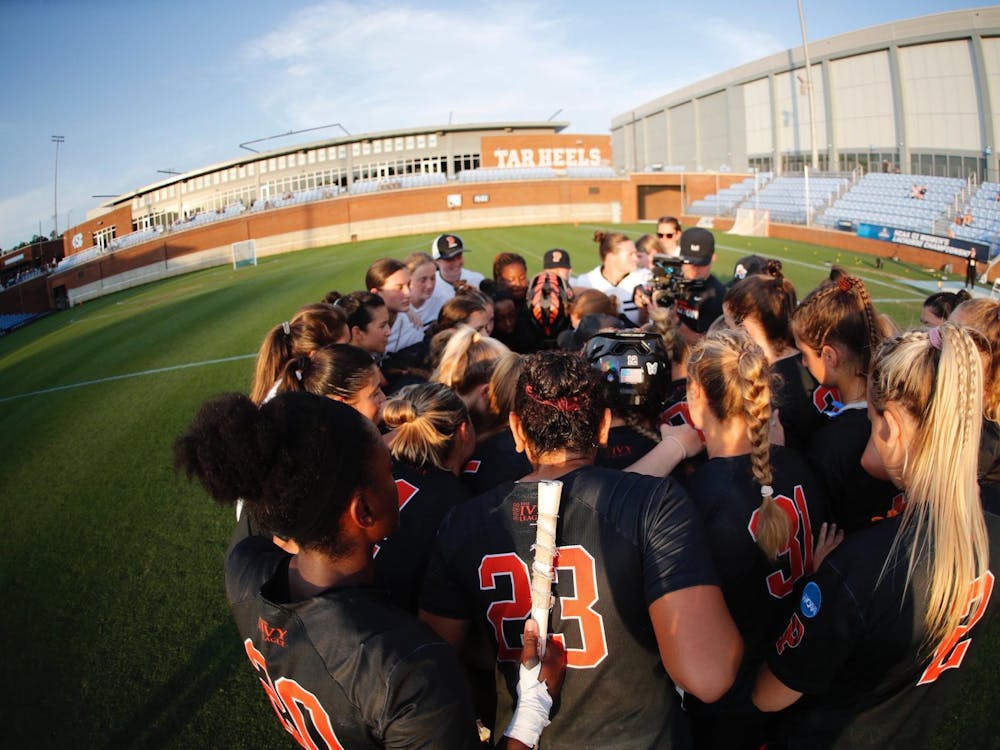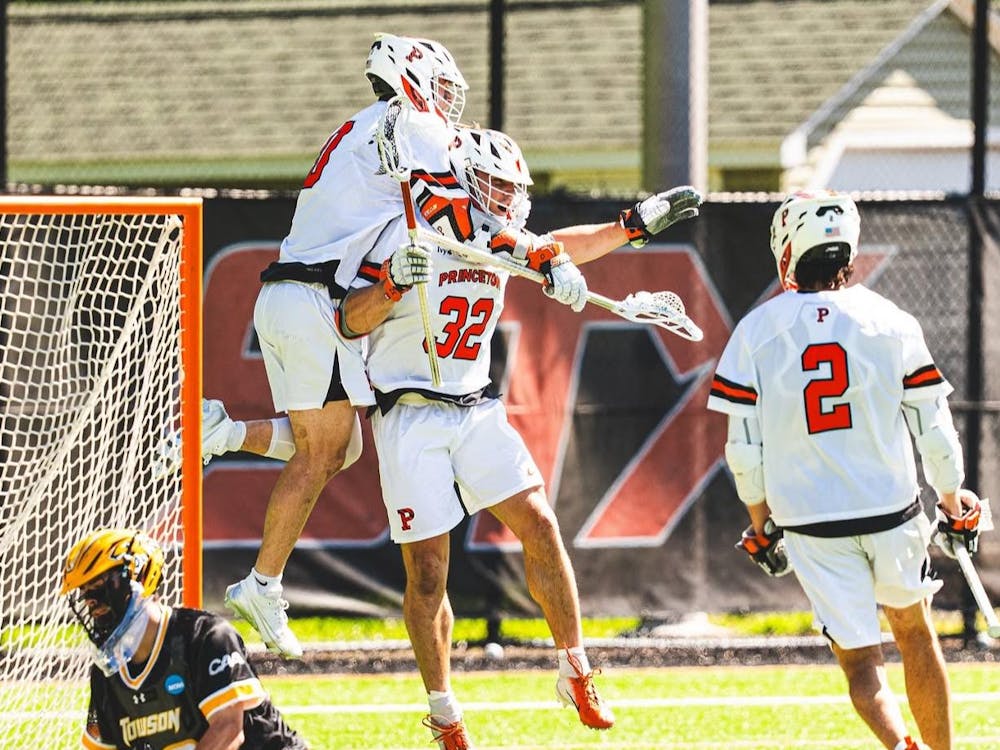While most of us are familiar with volleyball and some of us may even have dabbled in the game during middle school gym class, while hanging out at the beach, or impressing freshman girls in Mathey courtyard, few seem to understand the nuts and bolts of the sport in its collegiate context. While most of us understand the "bump, set, spike" pattern, we are still stuck wondering why one guy on the court is wearing a different jersey, as well as a number of other nuances of the game.
Let's start with the basics. There are six players on each team, with three in the front row and three in the back. The players rotate clockwise every time the team regains the serve during the match. Players may be substituted in and out during the rotation so that they are only playing when they are in positions that they can capitalize on.
There are one or two outside hitters on the court at once, and their main function is to pass [what most of us would call a bump] and hit [a spike in laymen's terms] on the outside of their court.
Height an advantage
Because outside hitters have an angle on the opponents' court and because they are typically tall, outside hitters end up tallying the majority of total kills. Sophomore Peter Eichler and senior Ryn Burns occupy this position in the Tigers' lineup.
Complementing the outside hitters are the two middle hitters/blockers, who are usually the tallest players on the team.
Free from all passing responsibilities, these players hit when set up by a pass and leap up to block opponents' shots near the net. Senior Brian Hamming and freshman Mike Vincent — both six feet, nine inches — are Princeton's primary middle hitters, though junior Evan Pasion has also seen action this season.
Another vital part of the offensive arsenal is the rightside hitter, who is traditionally the strongest hitter on the court. As the title suggests, rightside hitters move over to the right side of the court on each play and attack from there. The Tigers' starting rightside hitter is senior Jack Pichard.
The setter is basically the "quarterback" of the volleyball team, as he makes the decisions about where the attack will occur and touches the ball on nearly every sequence. He is usually the second player to touch the ball, and it is the setter's responsibility to read how the other team will block and then set the ball to the hitter who is in the best position for the kill. Freshman Brandon Denham currently serves as Princeton's setter.
Last, but certainly not least, is "the guy in the different jersey," otherwise known as the libero. Essentially a defensive specialist, the libero only plays the back row and usually tallies the majority of the team's digs. He is not allowed to hit or set and has free substitution throughout the match. Senior Mark Stevens is the Tigers' lone libero and thus plays every point during the game.
In collegiate volleyball, a team must win three games to claim the match. Games run to 30 points but since the team must win by two points, they are often extended past this mark.
If a fifth game is needed to determine the winner, it is only played to 15 points, making for a quicker and more intense end to the match. College matches employ rally scoring so points can be won by either the serving team or receiving team.
Volleyball Strategy
Strategy in volleyball is relatively straightforward. Players try to pick out the worst passer on the opposing team and then serve and hit in their direction as often as possible. It is also important for the team to identify where they may have advantages in height matchups at the net and then capitalize on those opportunities.

Volleyball is essentially less a game of strategy and plays, and more about execution and prevention of mismatches in ability and height. With any luck, the Tigers will get their execution down to a precise science as the season progresses.







